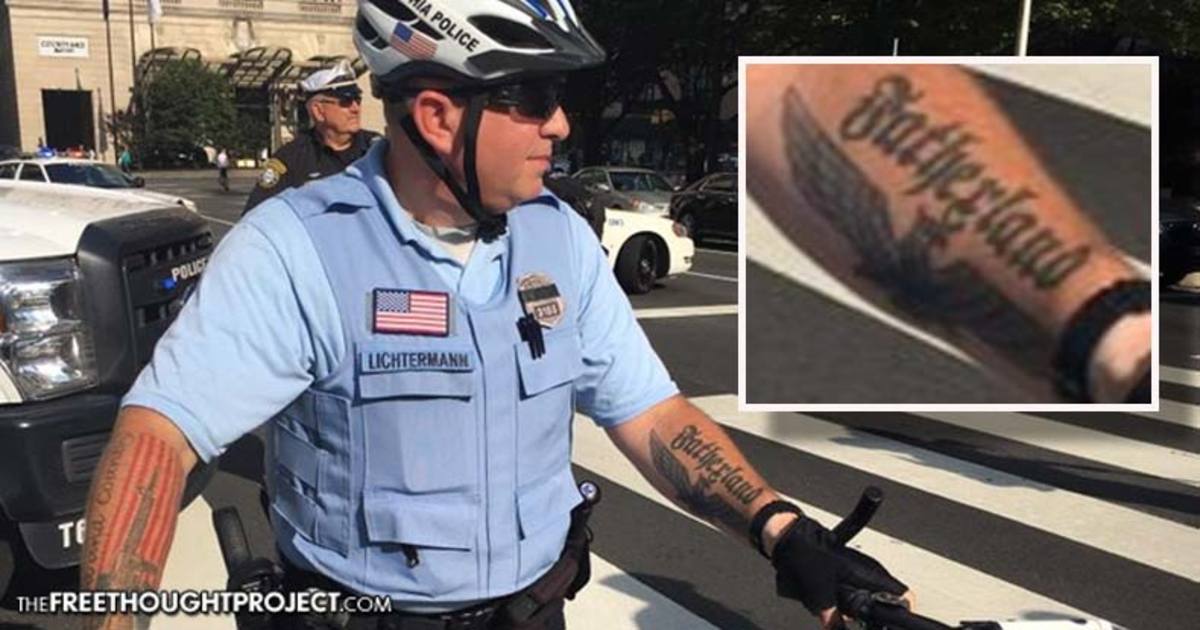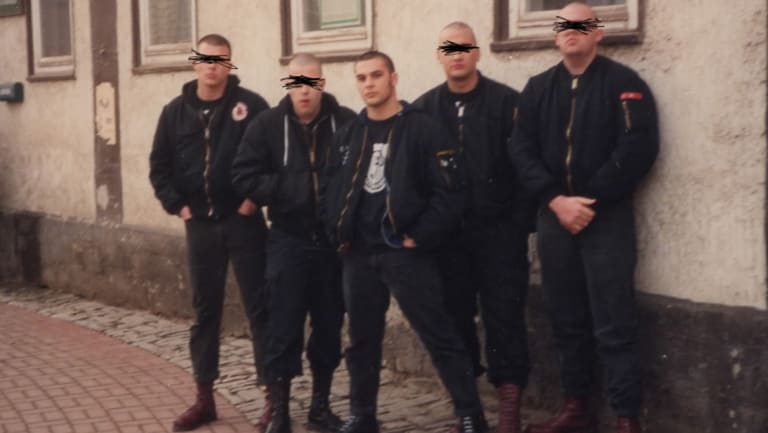
Extremism Has Taken Hold in the Police and Military. We Need to Root It Out
Brian Levin / The Globe and Mail
(January 28, 2021) — Among the most concerning sights from the deadly U.S. Capitol mob insurrection earlier this month was the presence of armed extremists who were organized and prepared for violence. Amid the selfie-obsessed mob were extremists moving as platoons, attacking police. Some displayed restraints or used hand signals or walkie-talkie apps to communicate with each other.
Alongside shrill calls for the Speaker of the House and Vice-President to be lynched, some coordinated to discern the location of “traitorous” elected officials. Outcry over the attack has even led some prominent counterterrosim analysts to call for new broad domestic terror laws.
The disturbing intertwining of coordinated paramilitary actors, along with those embracing overt displays of racist and anti-Semitic aggression and QAnon conspiracy, leads inexorably to a key question: Who were the insurrectionists and how many of the most rabid of these offenders have ties to sensitive positions or training from their connection to the military, police or questionable organized paramilitary groups?
Homeless Alabama veteran Lonnie Coffman brought incendiary devices, weapons, “moonshine” napalm and notes seemingly indicating targets such as a “Muslim” congressman to the Capitol. Two now-fired police officers from Rocky Mount, Va., face federal charges for getting into the Speaker’s restricted area and mockingly posting about it. QAnon supporter and COVID-19 skeptic Ashli Babbitt, a long-serving Air Force veteran, was allegedly fatally shot by a Capitol police lieutenant as she was climbing through a small window with a backpack near where legislators were hiding.

Important statistical clues yielded by both federal authorities and researchers reveal the breadth of the mob. Of the 161 already charged by the FBI – out of an estimated 800 offenders come from three dozen states – 87 per cent are male and have an average age of 40, with the largest age category being 30 to 39, according to Seamus Hughes of George Washington University’s Program on Extremism.
The Center for the Study of Hate and Extremism researched the backgrounds of those charged from coast to coast. The list covers a wide range, including a Beverly Hills salon owner, an Illinois tattoo artist, a Texas realtor, a West Virginia state legislator, an Ohio school therapist and an Illinois marketing chief executive.
One of the most disturbing facts uncovered in the D.C. assault is the significant apparent overrepresentation of active or retired military or police among the marauding Trump supporters relative to their proportion of the overall population. The alluring cultural, historic and folkloric symbols of military, police or militia defending liberty against chaos and tyranny are now being exploited by insurrectionists, who falsely seek broad alliances over “law and order,” “stolen elections,” Black Lives Matter and communist threats.
The founder of the American Nazi party served in the Navy in the Second World War, while a Vietnam veteran turned Klan leader terrorized Vietnamese refugees fishing in Galveston Bay, Tex., in the 1980s. Army Bronze Star Medal recipient Timothy McVeigh was executed in 2001 for the 1995 Oklahoma City bombing, which killed 168 people.
For decades, far-right American extremists with military or law enforcement backgrounds have been represented among the ranks of the United States’ most militant bigots, starting with the founding of the Ku Klux Klan in 1865 by former Confederate officers. In the 1960s, the Klan and police conspired to murder civil rights workers.
In recent decades, various agencies, including the Army, the FBI, the Department of Homeland Security and Congress, have examined the issue of extremism in the military and law enforcement. But today’s increasingly fragmented and diffuse extremist organizational and online landscape calls for a critical re-examination.
The emerging threat includes skilled extremist insurgent anchors travelling in a larger stream of online anti-government grievance, where paramilitary experience is highly sought, not only culturally, but operationally as a key part of an armed insurgency.
Bigoted extremists and militias are exploiting conspiracies and a sense of shared victimhood and grievance regarding “corrupt” government and mainstream social-media platforms. Their recruitment efforts are directed to those who feel newly disenfranchised over “disputed” election losses and online expulsions owing to being “cancelled.”
In particular, the arms-oriented professions have been highlighted on the far right by those who subscribe to the “insurrectionist theory” of the Second Amendment, which they falsely purport gives them not only the right to gun possession, but armed rebellion.
Last year, groups such as the Oath Keepers, Proud Boys, Three Percenters and some civil guards tried to endear themselves to police as allies against “antifa,” but this new year finds their members targets of prosecutions and federal investigations. Three veterans with ties to the Oath Keepers face some of the most serious charges in the rebellion as part of a conspiracy that went back to November.
A survey of police departments across the nation by the Associated Press revealed at least 31 officers from 12 states are suspected of involvement in the Capitol intrusion. An analysis by National Public Radio found 27, or about 20 per cent of those charged, were retired or active duty military personnel, even though only 7 per cent of the population are veterans.
One of the likely manifestations of this potent hard-right insurrectionist insurgency is that, despite being hobbled by limited access to large social-media platforms and its wounded presidential firebrand, the loose cohesive fuel of grievance remains very much intact.

White supremacists have become police to gain training in weapons and tactics.
A wellspring of anti-government animus, widespread anger over COVID-19 policies and reinvented conspiratorial gripes about things such as stolen elections and social-justice initiatives will continue to circulate among those most prone to violence irrespective of leadership and organizational changes.
What is needed is better enforcement, screening and monitoring within the military and police toward those who constitute threats. Targeted laws should focus on those in sensitive positions, who have access to and experience with weaponry and are involved in the protection of government officials and key locations. The U.S. should also implement a streamlined interagency “whole of government approach” to the threat of far right and white supremacist terrorism.
Such an idea was briefly promoted, but scuttled, by the last administration two years ago. While the current crackdown on prominent hard-right militant groups will cause some to leave the movement, it will likely result in a leaner, hardened core of semi-autonomous loners and cells that are both more stealth and extreme.
That is why it’s urgent to address the issue carefully, in order to minimize both the risk of insurgent violence but also incursions into civil liberties from rushed new laws that give the government broad new powers that can be weaponized not only against extremists, but dissenters as well.
Posted in accordance with Title 17, Section 107, US Code, for noncommercial, educational purposes.